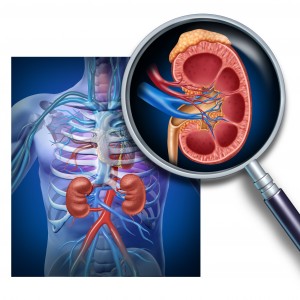The 2012 Systemic Lupus International Collaborating Clinics Classification: How Does It Hold Up?

In 2012, the Systemic Lupus International Collaborating Clinics (SLICC) network released the SLICC-12, which is a method that can be used to classify systemic lupus erythematosus (SLE). A recent report published in Arthritis Research and Therapy by a group at Linköping University in Sweden described the first study that evaluated the use of the SLICC-12 in a group of adult Europeans.
 The classification method was used in people with diagnosed SLE, identified through the use of a regional registry, and also in people with suspected autoimmune disease who had been referred to the study clinic by a rheumatologist.
The classification method was used in people with diagnosed SLE, identified through the use of a regional registry, and also in people with suspected autoimmune disease who had been referred to the study clinic by a rheumatologist.
Systemic lupus erythematosus (SLE) is an autoimmune disease of unknown cause. It is more common in women than men, and in African Americans and Asians compared to other races. It most commonly appears between the ages of 10 and 50.
Establishing a way to assess and identify SLE has been a major challenge for both researchers and health care providers, since the disease has many symptoms that can be highly variable depending on the individual. Joints, skin, mucous membranes, bone marrow and kidney problems are typically easily identified, but neurological symptoms are harder to find. It is also to difficult to predict the course of the disease, which can flare up and reside, and may even lead to unexpected death in some cases.
The study included 243 individuals with diagnosed SLE, based on the 1982 American College of Rheumatology (ACR-82) classification criteria and/or the Fries ‘diagnostic principle.’ The Fries diagnostic principle requires the presence of antinuclear antibodies measured at least one time (a measure of an autoimmune response), as well as two defined organ systems affected by the disease. A total of 55 control participants with possible systemic autoimmune disease were also studied. These subjects had to have the presence of any SLE-related auto-antibody.
The SLICC-12 was very sensitive and reliable for diagnosis 94% of the time compared with 90% for an updated set of ACR criteria from 1997 (ACR-97). The scientists also used the ACR-82, failing to identify every fifth actual case of SLE using this method.
The SLICC-12 was not sensitive to disease subtypes, however, and in these cases was reliable only 74% of the time. The SLICC-12 also mis-classified more controls than the ACR-82, ACR-97 and Fries. Based on these findings, the study investigators concluded that “SLICC-12 has advantages with regard to diagnostic sensitivity, whereas we found the diagnostic specificity to be surprisingly low. To accomplish increased sensitivity and specificity figures, a combination of criteria sets for clinical SLE studies should be considered.”
Based on these findings, the SLICC-12 is a useful tool. However, to optimally diagnose and classify SLE clinicians and researchers should ideally use more than one clinical tool.






